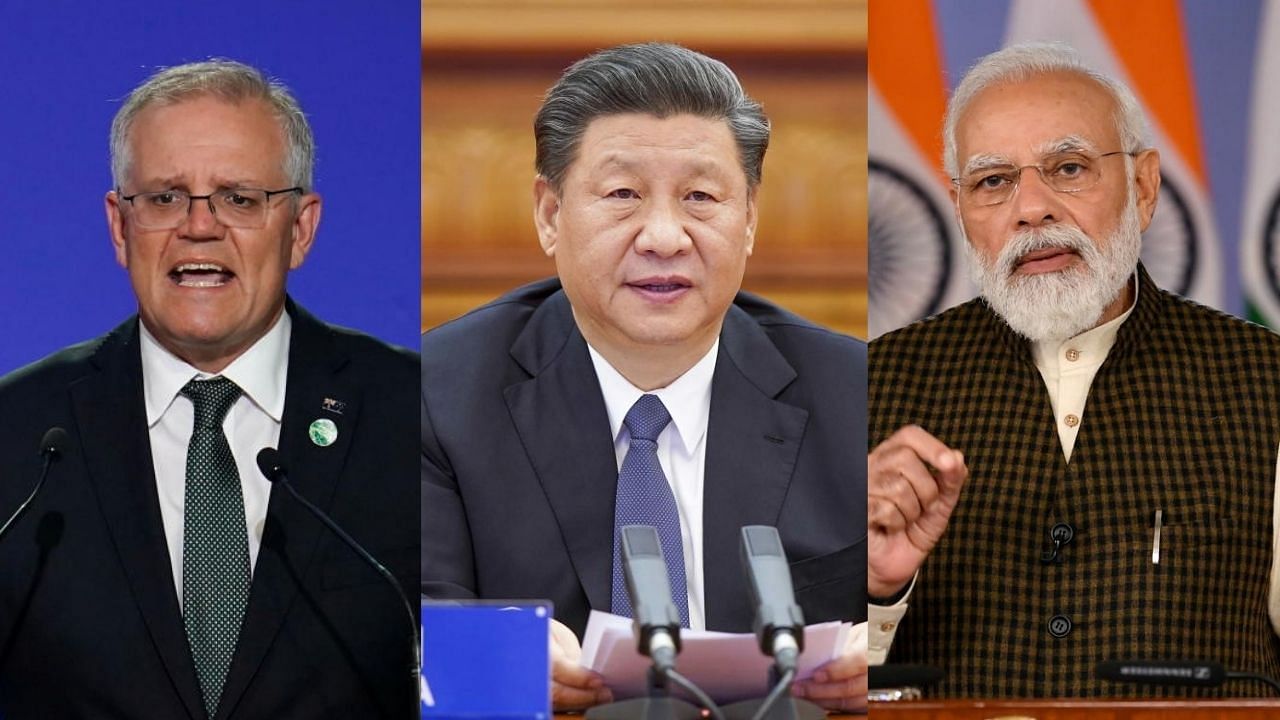
One curious fact emerged from Australia's 2016 census – Hinduism was the country's second-fastest-growing religion, behind Sikhism. Nearly half a million Hindus were Australian residents by then, and the most recent census will reveal a continuing trend.
Underlining that growth is India-Australia government initiatives in defence, science, agriculture, industry and commerce, and private sector development boosted by state and federal Australia-India Business Council chambers.
Two recent Australian High Commissioners to India have been of India diasporic descent: Peter Varghese (born in Kenya to Malayali parents) and Harinder Sidhu (born in Singapore).
All that would have delighted Bertram Stevens, former premier (chief minister) of New South Wales who, in 1946, wrote "New Horizons: a Study of Australian-Indian Relations", envisaging enormous bilateral collaboration.
The obvious question is why all this high-level interaction between Indian Ocean neighbours took so long, given the extensive history of more informal exchange.
Indian graduates of Macquarie University may not know the institution is named for Lachlan Macquarie, a governor of convict New South Wales, who was at the 1799 Srirangapatna siege that overthrew Tipu Sultan and changed the course of Indian development.
From the later nineteenth century onwards, Australian horse racing personnel made Indian fortunes, including in Bengaluru, where internationally famed jockey Ted Fordyce retired with dancer wife Danalakshmi, who opened one of the first commercial florist shops.
More recently, Australian IPL players, coaches and official prominent have learned much more about India and lowered earlier prickly inter-team relations.
Significant geographic, cultural and political reasons meant that a raft of goodwill went uncapitalised.
After independence, for example, Jawaharlal Nehru's non-aligned stance distanced him from Australian leaders like Sir Robert Menzies, famously pro-British Empire and later Commonwealth, especially so during the 1950s and the Cold War when "socialism", to minds like Menzies', was essentially communism. The Soviet influence in India was viewed suspiciously.
That geopolitical view was strengthened by Australia's post-World War II dual fixation with the United States across the Pacific and Britain back "Home". "Asia" collectively became what a later Australian prime minister described as the places one had to fly over to reach Europe. At the personal level, most young Australians are made for London rather than Bengaluru, Beijing or Bangkok.
In there, too, was the persisting 1901-1960s "White Australia Policy" that banned immigration from Africa and Asia. That reinforced Australian racial stereotyping, broken down only slowly by the arrival of families like those of Peter Varghese, who all proceeded to make great social contributions.
That privileging of Europeans and distancing of the "Other" delayed Australia's "discovery" of Asia until Prime Minister Whitlam's 1972 recognition of China, along with Australia being dragged into the Vietnam war by way of its hard-line American alliance.
India was still curiously ignored by Canberra despite what came to be known as the Commonwealth and cricket connection – far more illusion than substance. In truth, until Jagmohan Dalmiya made Indian cricket a financial and playing powerhouse, Australian cricket authorities dismissed India and dreaded touring there.
So what changed?
While there were always Australian scholars and a few others who advocated stronger relationships with India, it was China and Xi Jinping who threw the switch in Australian policy thinking.
The so-called "China Threat" is now a mantra in Australian defence and think tank land, and especially so in the media. The irony of Australia relentlessly attacking its major trading partner aside, the complexity in this has made "The Quad" (linking Australia, India, Japan and the United States) and creating the "Indo-Pacific" as a geopolitical zone necessary. Especially so now, China, largely in retaliation, has become much more active through the Pacific Islands, Papua New Guinea, and, more recently, the Solomon Islands.
That pushed Australia to "Think West" as India was well into its "Act East" phase and prompted the spurt in commercial and policy cooperation.
So, are Stevens' New Horizons finally here to stay?
The signs are promising: rising numbers of Indian-origin CEOs, education and thought leaders, sportswomen and men; strong government rhetoric; youth dialogue sessions, and more.
Yet signs of old order thinking remain.
Gautam Adani's massive Queensland coal mine plan in Queensland has attracted criticism on environmental grounds but with signs, too, of an anti-foreign element, despite the fact Australia's steel industry was rescued by Sanjeev Gupta's Liberty House Group.
And in Fremantle, Perth's Indian Ocean port city, the Western Australian government is planning a $100 million film studio complex. Its main target is Hollywood, twenty hours flying time back East and across the Pacific when Bollywood, let alone Tollywood, is just half as far and a much bigger market.
There's still a way to go before Australia really "thinks India".
(Brian Stoddart, Emeritus Professor at La Trobe University in Melbourne)
Disclaimer: The views expressed above are the author's own. They do not necessarily reflect the views of DH.
Check out the latest videos from DH: